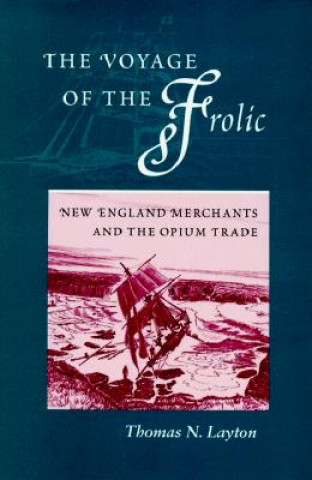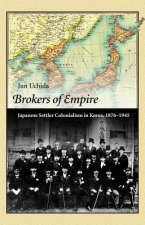
Delivery
Shopping guide





Doesn't suit? No problem! You can return within 30 days
 Gift voucher
any value
Gift voucher
any value
You won't go wrong with a gift voucher. The gift recipient can choose anything from our offer.
Voyage of the "Frolic"
 English
English
 160 b
160 b
 Delivery to Austria
Delivery to Austria
30-day return policy
You might also be interested in


In the late summer of 1984, the author and a group of his archaeology students excavated fragments of Chinese porcelain at the site of a Pomo Indian village a hundred miles north of San Francisco. How did these ceramics, which were more than a hundred years old, find their way to this remote area? And what could one make of local legend that told of Pomo women wearing Chinese silk shawls in the 1850 s? The author determined to find the answers to these questions, never dreaming that his quest would eventually involve the lives of nineteenth-century Boston merchants, Baltimore shipbuilders, Bombay opium brokers, and newly rich businessmen in gold rush San Francisco. The author soon learned that in 1850 the clipper Frolic, a sailing ship built specifically for the Asian opium trade, had wrecked on the Mendocino coast, a few miles from the Pomo village. He unearthed the business records of its owners, A. Heard & Co., which showed that respectable Bostonians had made their fortunes running opium from India to China. The family histories of the firm s two most influential partners are traced from the American Revolution to their joint decision to order a custom-built Baltimore clipper for the opium trade. In describing the design, construction, and outfitting of the Frolic, the author was aided by a stroke of luck a slave named Fred Bailey, later known to the world as the abolitionist Frederick Douglass, worked in the Frolic s shipyard in 1836 and wrote detailed descriptions of the building of such ships.
About the book
 English
English
Categories


 Contact
Contact How to shop
How to shop
























